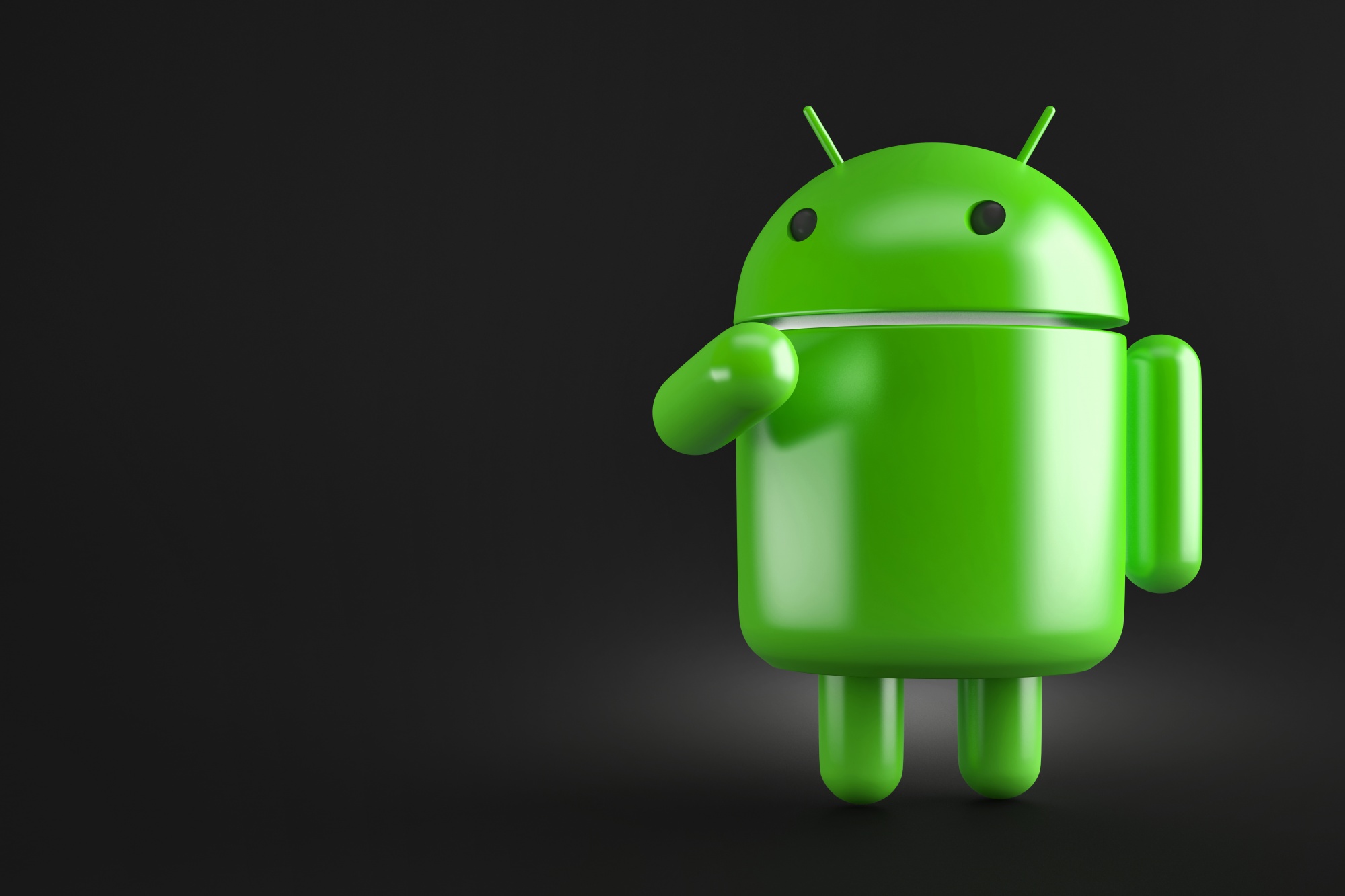
Switching from keypad phones to smartphones was a big step. Still, now we’re replacing our analog and digital watches with smartwatches, which are gaining a lot of popularity because they have sensors that track your health and encourage you to do more physical activities.
There are many other things these smartwatches can do, but in this article, we’ll focus on what the sensors in the smartwatch can do. Smartwatches have a lot of cool features, but have you ever wondered what their sensors do? Smartwatches can do many things, but most people buy them these days to track their fitness.
They are the prospect of the watch business and have made it possible for people to stop being lazy and start working hard to stay healthy. Some cheap smartwatches may only have the most basic sensors for you to use, while high-end smartwatches have every sensor you could want. A smartwatch is made by putting together all these sensors and other parts.
Sensor types in smartwatches
We need to be very disciplined and do things regularly to stay healthy, but it can be hard to stay disciplined without the right tools. So, modern smartwatches have sensors that can track many things in your body and give you all the information you need to keep an eye on yourself.
With the sensors built into smartwatches, we can keep an eye on ourselves. A smartwatch is like a doctor we can take wherever we go. Here, we’ve put together a list of all the sensors that can be found on a smartwatch and explained how they work so that you can use them.
Accelerometer
They have sensors that help you track how your body moves by telling you how many steps you’ve taken during the day. They also keep track of how you sleep and give you tips on how to get better sleep. Such a sensor measures how resistant your skin is to a small amount of current that the smartwatch sends over your skin to track things like how you sleep, your heartbeat, how much water is in your body, and so on.
Gyroscope
A smartwatch’s gyroscope is a sensor with a collection of algorithms that can rapidly tell once you move your wrist to look at it. When you move your wrist, this sensor will turn on your screen. This sensor also tends to help save your smartwatch’s charger by turning off the screen when there hasn’t been any movement for a long time.
Magnetometer
A magnetometer is a polite euphemism for a compass sensor, which your smartwatch has. This sensor in your wearable device can help keep track of how you move and which way you are facing.
Barometric Pressure Sensor
This sensor is there so that it can tell you how high up you are. This is a helpful fact for people who climb mountains, ride bikes in hilly areas, or run on roads that are higher up.
Ambient Temperature Sensor
This sensor in a smartwatch lets you know how hot or cold your body is. This kind of sensor is useful if you want to know how much heat you’re giving off after a hard workout.
Heart Rate Monitors
Like its name says, the sensor counts how many times your heart beats. This sensor keeps track of it through your heartbeat and regularly checks it. If your heartbeat isn’t normal, it will let you know. The high-end watches will even call your emergency phone if the sensor detects stuff serious with your pulse rate.
Oximetry Sensor
The sensor in this smartwatch can tell how much oxygen is in your blood. It is a useful sensor that tells the smartwatch user their pulse rate.
Skin Conductance Sensor
This sensor will figure out your galvanic skin reaction, which is any change in your sweat that can be used to figure out how strong your emotions are and how many calories you should have burned through the day.
As the sweat glands change, the galvanic skin reaction sensor can tell when a person’s activity changes. The electrodes in these smartwatches are responsive to these changes and can send this information to the smartwatch.
Skin Temperature Sensor
This detector in your smartwatch lets you know when and why your body temperature is going up. It helps you understand how too much exercise can increase your body temperature and when to stop moving around.
GPS
GPS is a wearable device sensor that helps you track how far you’ve run, biked, or done whatever else. Synchronizing it with apps on your phone can also help you find your way to your destination.
What to expect from smartwatches in the future
Soon, smartwatches will have a new type of sensor that can measure blood sugar levels. We might soon see this kind of innovation in high-end smartwatches where a sensor like this can fit in the frame. You might even be able to find sensors that make your smartwatch as good as a doctor. We might also see a sensor that can measure the amount of alcohol in the blood.
Conclusion
We hope you have a good idea of what these different sensors do and that this information will help you figure out what sensors you need in your smartwatch.


